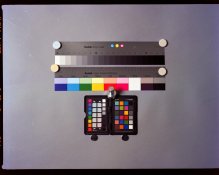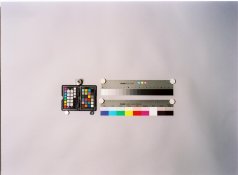StoneNYC
Member
I've made some absolutely beautiful prints from my flatbed up to 30 inches across with no issues ...

And the 12x12's are certainly sharp as hell


This is a not under glass example, on D3200 speed film had held...


I call that one ^^^ "more cowbell" hehe (Saturday night love reference if you didn't get it).
But as you can see there's really sharp edges with no kind of edge blur / fuzzyness you would get out of a bad scan, and scanned at 3200 I believe. For most applications 2400 is fine for the v750 but I like to ere on the side of caution and scan at the highest acceptable resolution in case I decide to print bigger.
Anyway, flatbeds aren't so bad.
~Stone | Sent w/ iPhone using Tapatalk

And the 12x12's are certainly sharp as hell


This is a not under glass example, on D3200 speed film had held...


I call that one ^^^ "more cowbell" hehe (Saturday night love reference if you didn't get it).
But as you can see there's really sharp edges with no kind of edge blur / fuzzyness you would get out of a bad scan, and scanned at 3200 I believe. For most applications 2400 is fine for the v750 but I like to ere on the side of caution and scan at the highest acceptable resolution in case I decide to print bigger.
Anyway, flatbeds aren't so bad.
~Stone | Sent w/ iPhone using Tapatalk















 haha (this is a teasing joke, lets not start a Canon-Nikon war lol).
haha (this is a teasing joke, lets not start a Canon-Nikon war lol).